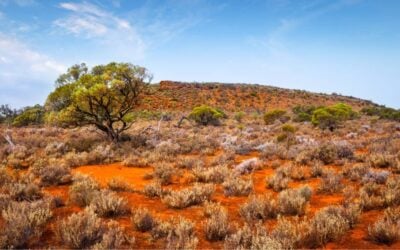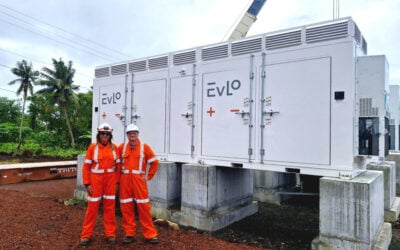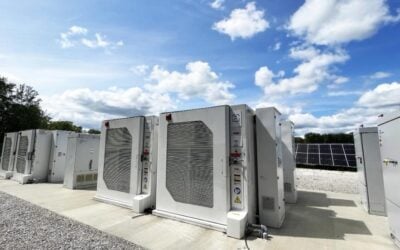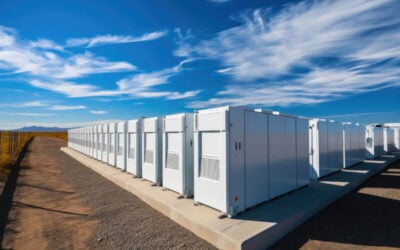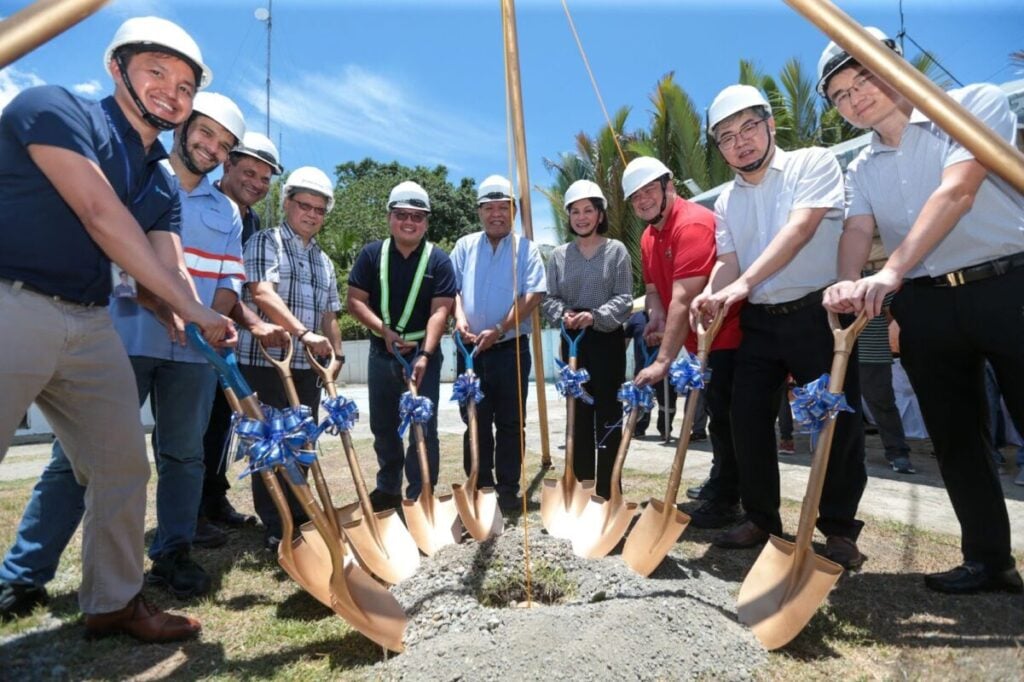
Philippines power generator and utility Aboitiz Power, via its subsidiary Therma Marine Inc (TMI), has broken ground on the development of a 48MW hybrid battery energy storage system (BESS) at a floating oil-fired power plant in Agusan del Norte.
The 48MW Nasipit hybrid BESS will be integrated into the TMI Mobile 2 oil-fired power facility, a type of floating power barge situated in Nasipit Bay, west of the Municipality of Nasipit.
Enjoy 12 months of exclusive analysis
- Regular insight and analysis of the industry’s biggest developments
- In-depth interviews with the industry’s leading figures
- Annual digital subscription to the PV Tech Power journal
- Discounts on Solar Media’s portfolio of events, in-person and virtual
Or continue reading this article for free
According to Aboitiz Power, integrating a BESS will help the facility play a “crucial role in providing fast, responsive power to help balance supply and demand in the grid as an ancillary service.”
This is increasingly important on island grids like Mindanao’s, where the facility is based.
TMI is a subsidiary of Aboitiz Power, a generator, distributor, and retailer of electricity in the Philippines from a portfolio of hydroelectric, solar PV, and thermal power plants.
The floating power facility was built in 1994 to provide flexible, on-demand power. Its older brother, the TMI Mobile 1 oil-fired power plant in Maco, Davao de Oro, built in 1993, is also home to a 49MW hybrid BESS, which entered commercial operations in 2022.
The TMI Mobile 1 project integrates a BESS provided by Finnish energy tech firm Wärtsilä with a 100MW diesel-powered floating power plant in Maco on Mindanao run by Therma Marine. The BESS reduces the power barge’s ramping time from 15 to three minutes.
It is hoped the BESS located at the TMI Mobile 2 facility will come online in the second quarter of 2026.
Ronaldo Ramos, AboitizPower Transition Business Group chief operating officer for Operated Assets, said the smart solution will “help enable more grid stability and support the growing share of renewable energy in our grid.”
Representatives from the local governments of Agusan del Norte, led by Governor Maria Angelica Rosedell Malbas Amante and Nasipit Mayor Roscoe Democrito Borja Plaza, attended the groundbreaking event.
Aboitiz Power has undertaken several projects that appear to bridge legacy power systems with renewable energy and energy storage capabilities in the Philippines. One of these includes the 24MW Magat BESS in Ramon, a municipality in the district of Isabela.
The battery is co-located with the 388MW Magat Hydroelectric Power Plant in the north of the Philippines’ largest island, Luzon. It started participating in the reserve market in January 2024.
The hydroelectric plant is owned by SN Aboitiz Power (SNAP), a clean energy joint venture (JV) formed between the power generation, retail, and distribution holding company Aboitiz Power and the Norwegian renewable energy systems developer Scatec. The JV plans to develop 12 BESS projects nationwide, providing frequency regulation and contingency reserves.
DOE launches renewables-plus-storage auction
In more recent news in the Philippines, Energy-Storage.news reported in March 2025 that the government Department of Energy (DOE) had opened the initial steps of an auction scheme for renewables paired with energy storage.
In what had been deemed a “much-anticipated” scheme, the Southeast Asian country’s government will tender for 9,378MW of renewables, comprising distributed and large-scale solar PV, including ground-mount, rooftop and floating PV, alongside onshore wind capacity.
The Philippines experienced a notable surge in BESS installations a few years ago, as large power producers, compelled by the top-down regulated energy market to provide ancillary services, incorporated battery storage to enhance the efficiency of delivering these services from their existing thermal power fleets.
The country aims for a 35% share of electricity from renewable sources by 2030, increasing to 50% by 2040, with a steady rise in share beyond that point, as outlined in the Philippines Energy Plan 2023-2050.


